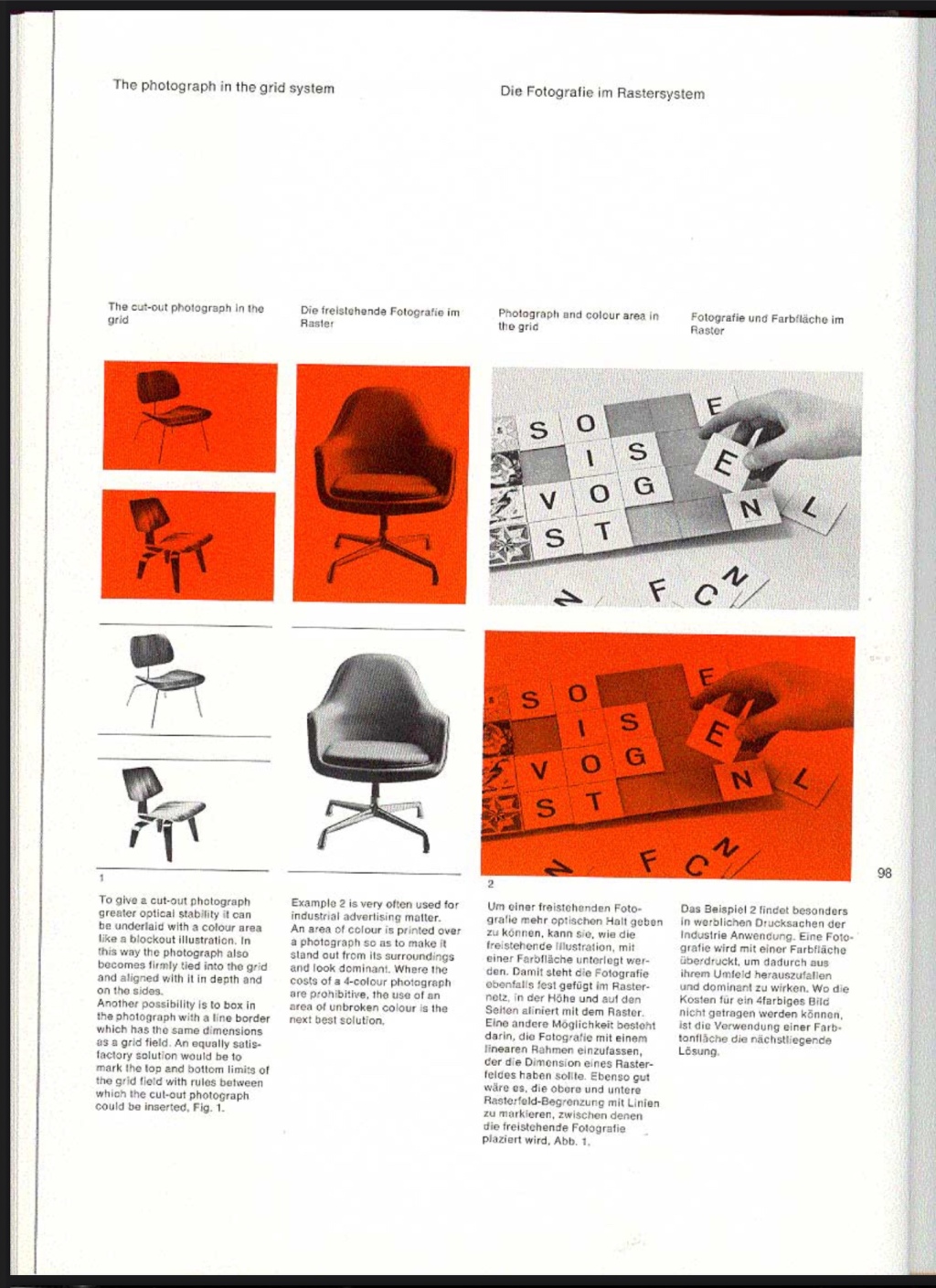In my last piece, I argued that design shifted its focus away from images at a time when these are all-pervasive.
It is plausible to suggest that graphic designers embraced a greater specialization in typography to avoid obsolescence. If everybody is now an image-maker, we could care for the “rest.”
While we may perceive our world as primarily visual, text sustains and frames the whole operation. For instance, the actual internet experience is very text-dependent. The typical influencer writes a surprising amount of copy between posts, labels, stories, and interactions with their followers. Creating typefaces, layouts, and graphic user interfaces capitalizes on this demand for textual engagement.
However, specialization alone doesn’t entirely explain design’s shift away from images. Graphic design and typography became practically synonymous. Yet, this was not always the case — until recently, designers focused more on thinking about images and integrating them into the design process.
In Josef Muller-Brockmann’s Grid Systems (1981), there was a section about incorporating photos into the layout. Swiss Style, renowned for its typographical grids and reliance on objective photography, placed a surprising emphasis on designing even the photographic image to better integrate them into the overall design.
Today, while there are abundant guidelines on proper typography, finding a manual that devotes a fraction of that care to images proves challenging.
So, again, why this withdrawal away from images?


Leave a comment